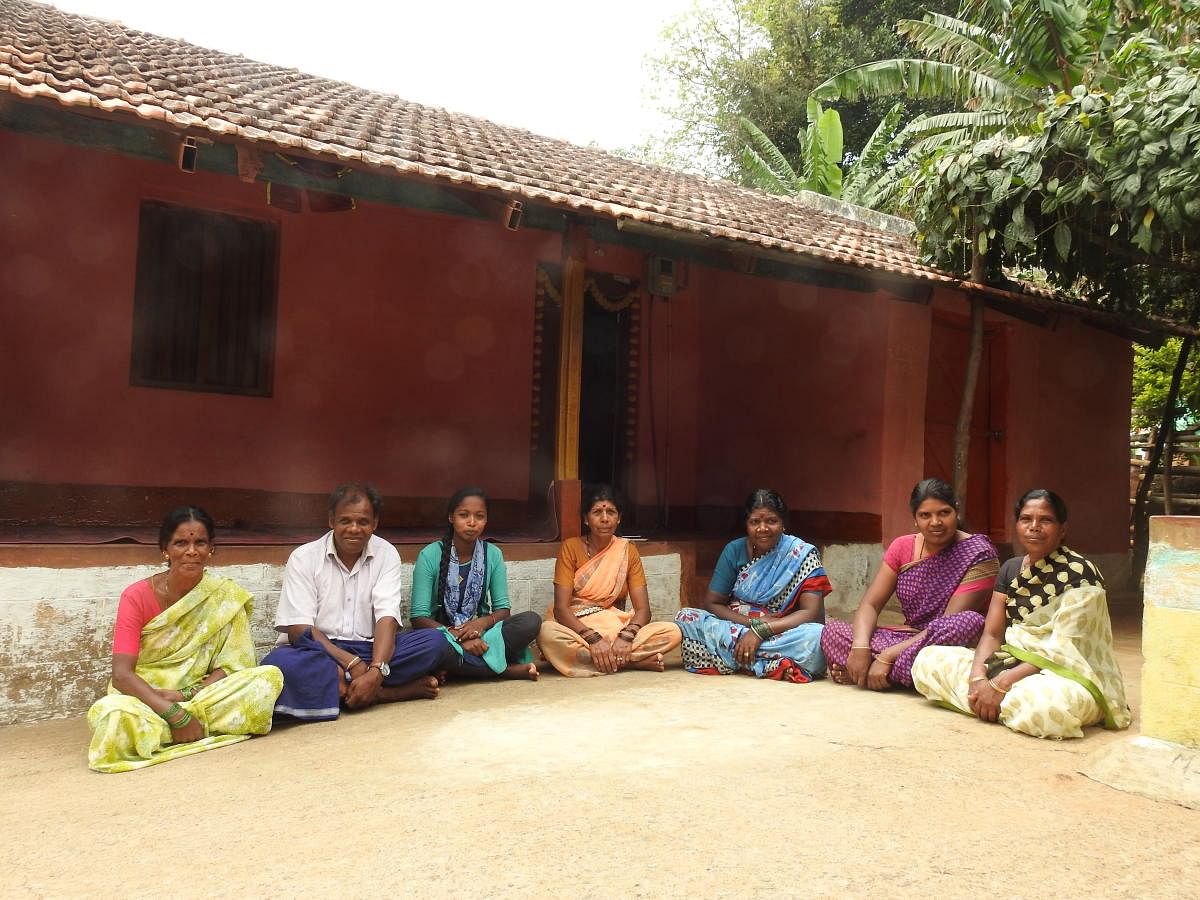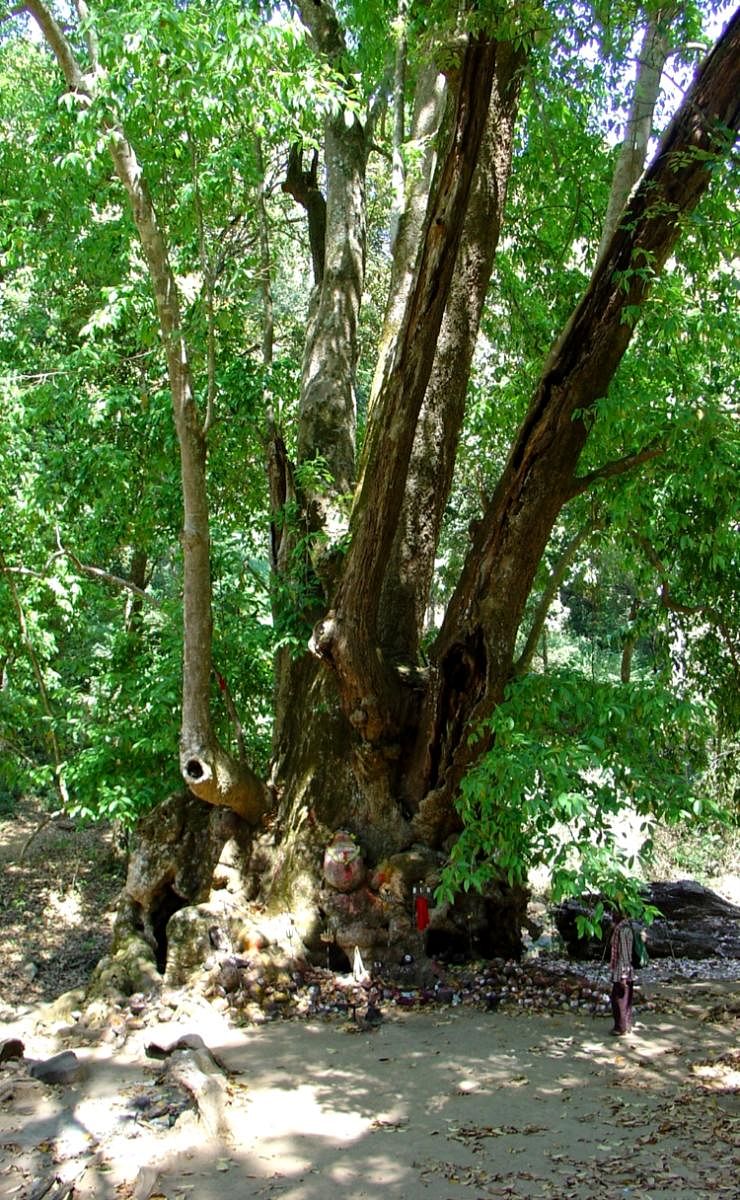

Over generations, a unique and complex communication network has developed between the indigenous Soliga people and more than 250 bird species in Biligiri Ranganna (BR) Hills and Male Mahadeshwara (MM) Hills in Chamarajanagar district. For them, the pecking pattern or call of woodpeckers alerts about the presence of dangerous wild animals. The flying pattern and call of ‘Kokunji’ (Slaty-legged Crake) is an indicator of the intensity of rainfall.
Living in forests for centuries, the community has acquired an intimate ecological knowledge of the landscape that has helped them preserve the forest. They have been passing on the vast knowledge to the next generations through their traditional songs ‘Haduke’.
The Haduke are songs sung by women on special occasions from dusk to dawn. The songs describe the characteristics and behaviour of birds, mammals, reptiles, trees, rain and climate. There are songs for Lord ‘Huliveerappa’ (tiger), Lord ‘Aanedevaru’ (elephant) as well.
“Through these songs, we not only connect with nature but also educate our children on the intricacies of forest life and how to live in harmony. For us, forest is everything,” says Madamma of Hosapadu hamlet in B R Hills.
“Haduke is our hymn to praise the forest Gods and thank them for ensuring our safety.”
“Like many tribal communities all over the world who have demonstrated the real meaning of coexistence over millennia, the Soliga community too has a deep understanding of the forests that they live in. Unfortunately, we tend to ignore or look down upon their knowledge,” says researcher Dr Samira Agnihotri, who along with her research partner Dr Aung Si (a linguist) has done extensive studies on the Soliga community. “The theories of conservation that have been followed in the country in recent times are more of a Western concept.”
She says the ‘Haduke’ that the members of this community sing during the Rotti Habba not only describes the physical and behavioral aspects of birds and animals but also their habitat.
“Indigenous knowledge systems like these will help us in dealing with situations like climate emergencies,” she says.
C Madegowda, a researcher from the community, says, “Every member of the community is capable of identifying every species of flora and fauna available in any patch of the forest. Since childhood, we have been ingrained about the importance of every living being inside the jungles through our Haduke.”
For them, conservation means not hurting the forest and ensuring that the forest does not hurt them.
“Our ancestors have put in traditions that help us in maintaining healthy coexistence with nature,” he says, adding that the rise of tiger population from 25 to 68 at BRT in the last one decade is proof of their harmonious relationship with the wild.
More than 12,000 members of the Soliga community are dependent on BR Hills for honey gathering, and other non-timber forest products.
Indian Music Experience Museum has organised an exhibition -- Soliga spotlight, a celebration of Soliga birds folklore -- on May 22 where people can experience Soliga songs about birds and their culture. This is perhaps the first time Soliga people are performing in front of an outside audience.
Manasi Prasad, Director of the Museum, said that the programme will give urban dwellers a chance to learn about various birds and their ecological importance.